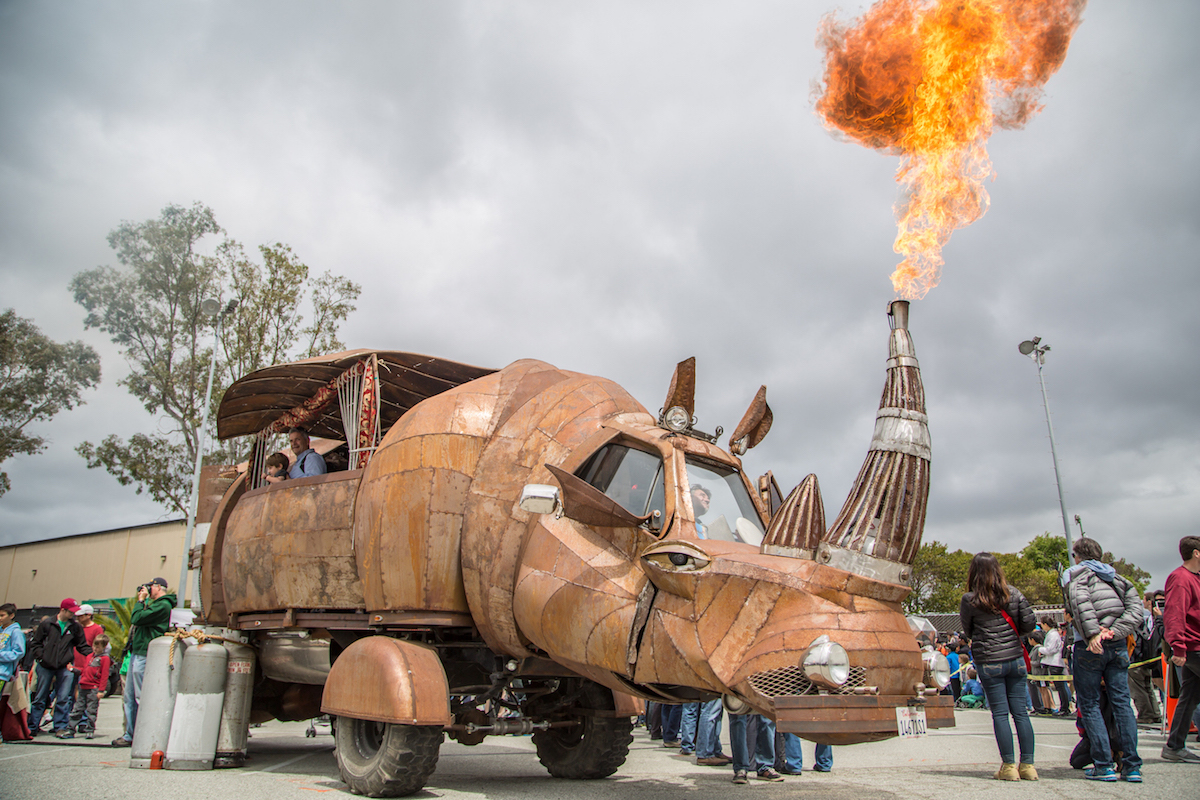

Most propane projects built by makers (and the ones in my book) require only a basic low-pressure source. This can be made from standard parts found in big-box hardware stores, local plumbing supply companies, or on the internet. This source will provide propane vapor at approximately ½ (0.5) psi and allow you to safely build low-pressure fire projects that will introduce you to skills like correctly assembling gas-rated fittings and brazing.


I’m specifying high-pressure hose even though this is a low-pressure source, because I believe it’s dangerous to have a mix of high- and low-pressure hoses in your propane gear. The high-pressure hose works fine for low pressure but the reverse is most definitely not true. So it’s better to invest a little more and know that your hoses work for all situations.

Throughout my book, I present a schematic and block diagram for every project. The schematic (Figure A) conveys the essential function; the block diagram the specific parts (Figure B). You can also use the block diagram as an assembly guide.
You can learn more about working with fire in “Getting Started with Propane and Fire Effects“.











